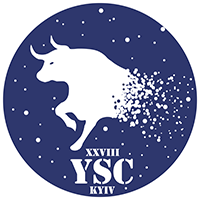Speaker
Description
Mapping Dark Matter Using Gravitational Lensing Techniques/SuperBIT
Mila Arasu (Sunanda Thirunavukkarasu)
Galaxy clusters are one of the primary tools for constraining dark matter when combined with the distortion of light from distant galaxies as it travels through a cluster’s gravitational potential. Constraining cosmology by measuring cluster abundance proves to be extremely challenging as cluster masses are not directly observable, but can be estimated by how clusters gravitationally lens these background galaxies - though these observations are extremely expensive. The advent of long-duration balloon borne flights hopes to alleviate this problem by offering a new platform for cheap, space-like imaging. SuperBIT is a wide-field, 0.5m imaging telescope that will provide deep, diffraction-limited imaging from the near-ultraviolet to the near-infrared at ~1% the cost of an orbiting platform. Although the existing SuperBIT image pipeline measures cluster masses with minimal bias on simulated images, we currently assume that the cluster mass follows a simple form of a symmetric/spherical matter density profile. In this work, I replace these approximations with realistic dark matter halo profiles from the high-resolution, hydrodynamical BAHAMAS simulations to test whether our measurement methodology remains unbiased for realistic scenarios.

